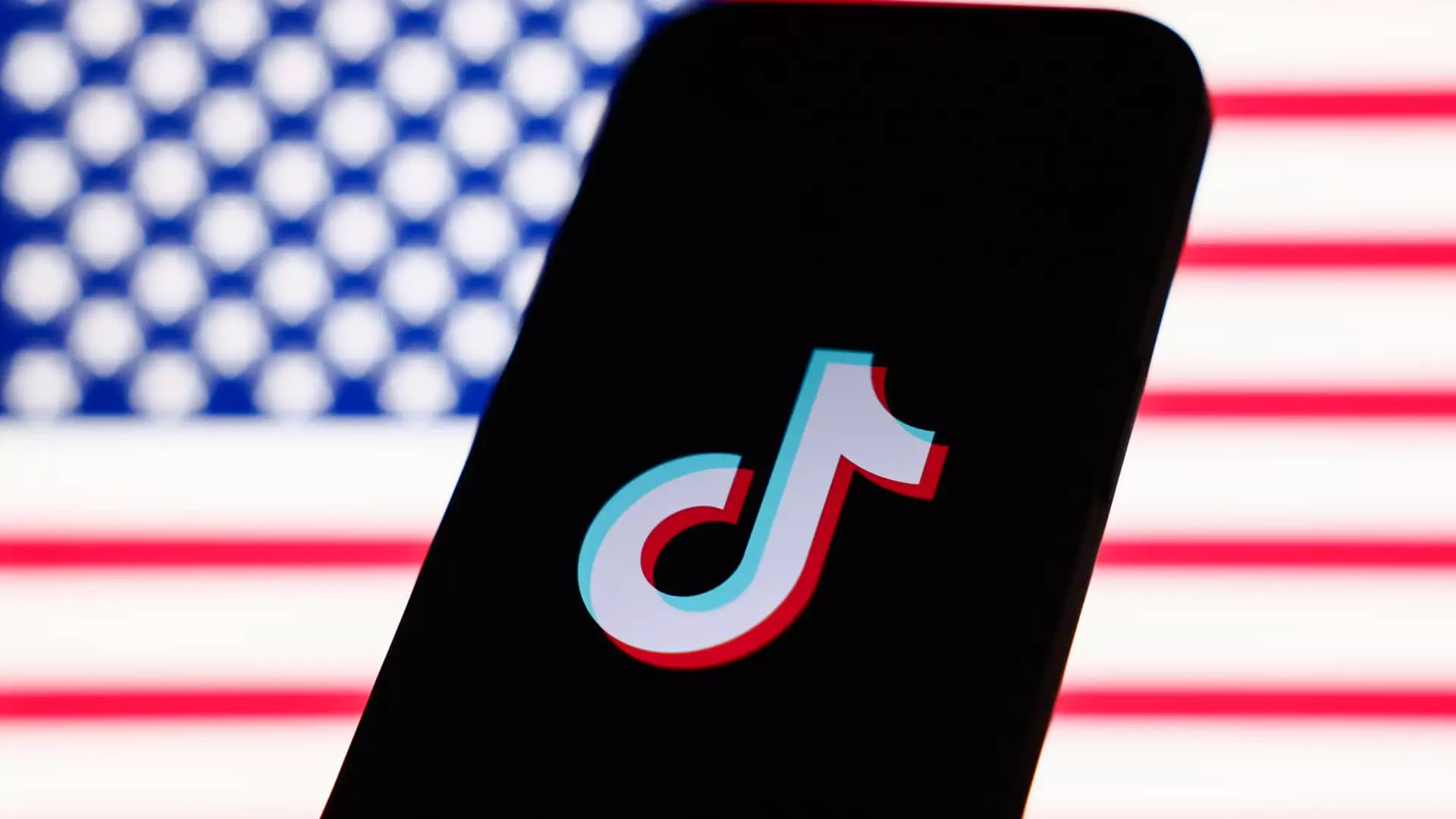On Saturday, Perplexity AI—a notable contender in the artificial intelligence domain—attempted to solidify its position in the competitive landscape of social media and digital interaction by placing a bid on TikTok. This bold move involves a prospective merger that integrates Perplexity AI with TikTok’s U.S. operations and new financial backers, aiming to foster a novel digital ecosystem. The intricate dynamics and potential implications of such a merger are complex, understanding which could significantly reshape both entities, reflecting the profound shifts occurring within the technological and investment landscapes.
As a relatively fresh entrant in the AI-driven search engine space, Perplexity AI has witnessed meteoric growth. Starting the year with a valuation around $500 million and surging to approximately $9 billion by year’s end, the startup exemplifies the explosive rise of generative AI. This leap highlights a significant trend among investors, indicating a growing inclination toward platforms that incorporate advanced AI technologies to reshape traditional internet services.
The concerns surrounding plagiarism and ethical AI usage have marred Perplexity’s ascent, yet investors appear undeterred, largely focusing on the adaptation of AI technology to enhance information retrieval processes. Enhanced user experiences through AI-assisted tools introduce substantial competition for established giants like Google, placing pressure on them to innovate aggressively. The bid for TikTok aligns with Perplexity’s broader strategy to integrate richer multimedia content into its framework, enhancing user engagement and search relevance.
The strategic engagement with TikTok signals a pivotal moment for ByteDance, the Chinese parent company of TikTok, particularly in navigating the treacherous waters of U.S. digital regulations and political landscapes. ByteDance has historically resisted outright selling TikTok; however, a merger proposal is a nuanced approach that could potentially alleviate regulatory pressures while still allowing it to maintain a stake in TikTok’s future. By offering a structure that preserves the equity stakes of existing investors, Perplexity AI presents an advantageous compromise that might make it more palatable in the eyes of ByteDance’s leadership.
The value attached to TikTok in this negotiation is considerable, with estimates stating that a reasonable proposal could exceed $50 billion. Therefore, the negotiation dynamics will likely shift based on which stakeholders within ByteDance are eager to stay invested in this new creative partnership. The outcome of this process might determine not only the future of TikTok in the U.S. but also the trajectory of social media influenced by AI enhancements.
While the ambition behind merging TikTok and Perplexity AI is optimistic, several hurdles remain. One immediate challenge is the timeline; any merger of this scale is bound to be lengthy and fraught with negotiations, which could be further complicated by external pressures, especially from government entities. Regulations concerning data privacy and national security could present substantial obstacles.
Moreover, TikTok’s dilemma of making its case to the Biden administration about its future in the U.S. amplifies uncertainties within the merger proceedings. The platform’s ultimatum about “going dark” further complicates the situation, placing additional pressure on both TikTok and Perplexity AI to navigate the impending deadlines effectively.
In essence, Perplexity AI’s bid to merge with TikTok operates not only as a strategic business maneuver but also reflects a broader transformation within the tech landscape. The inflection point at which artificial intelligence meets social media illustrates the burgeoning potential that exists at this intersection. Should the collaboration succeed, it could herald a new chapter for both entities, blending search capabilities with rich multimedia experiences, thereby reshaping user engagement on platforms familiar to millions.
However, the road ahead is littered with complexities that may either catalyze this innovative vision or derail it entirely. The stakes are high, and as both companies venture into uncharted territory, the outcomes will undoubtedly reverberate throughout the technology and digital media sectors for years to come.

